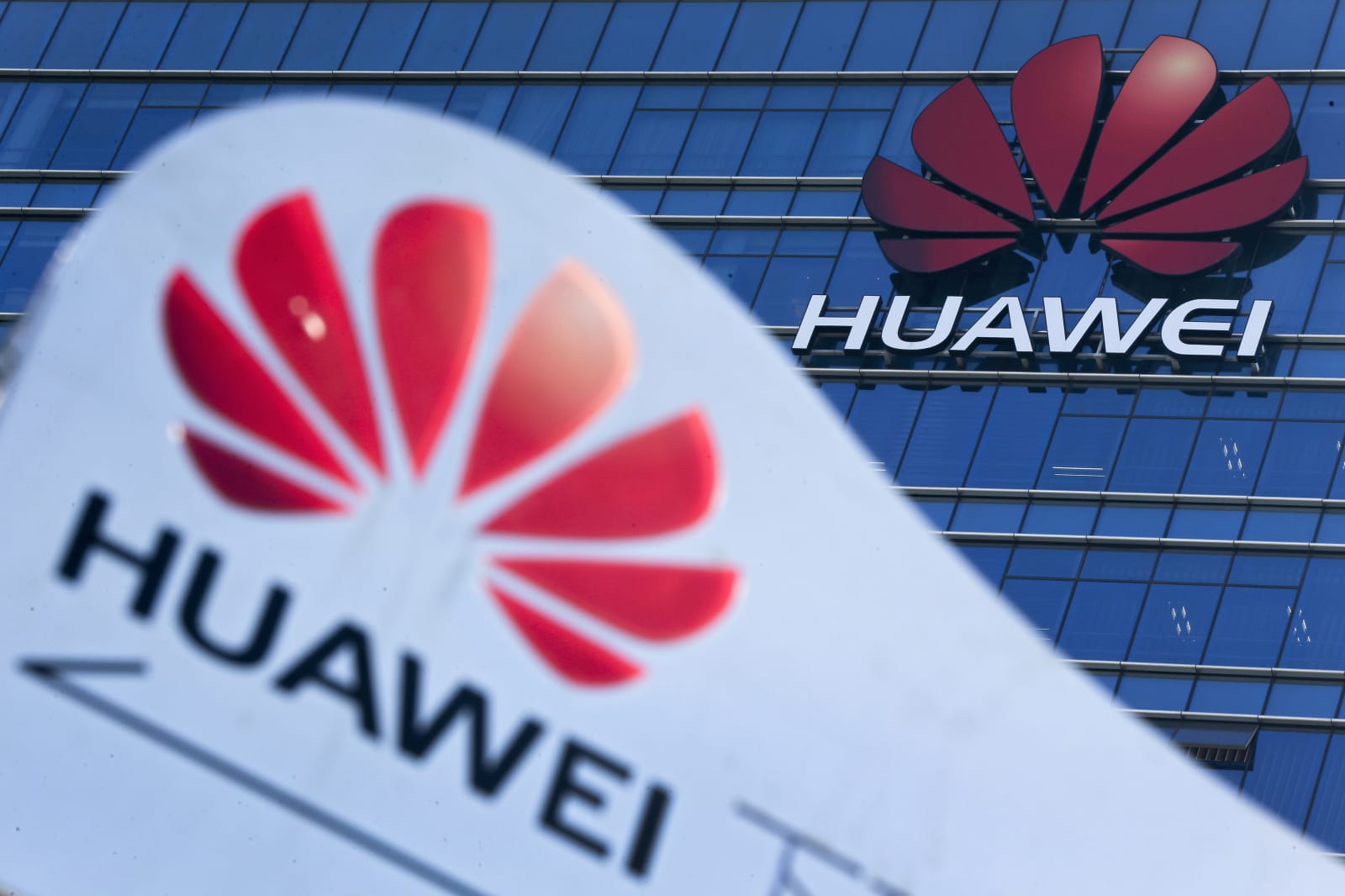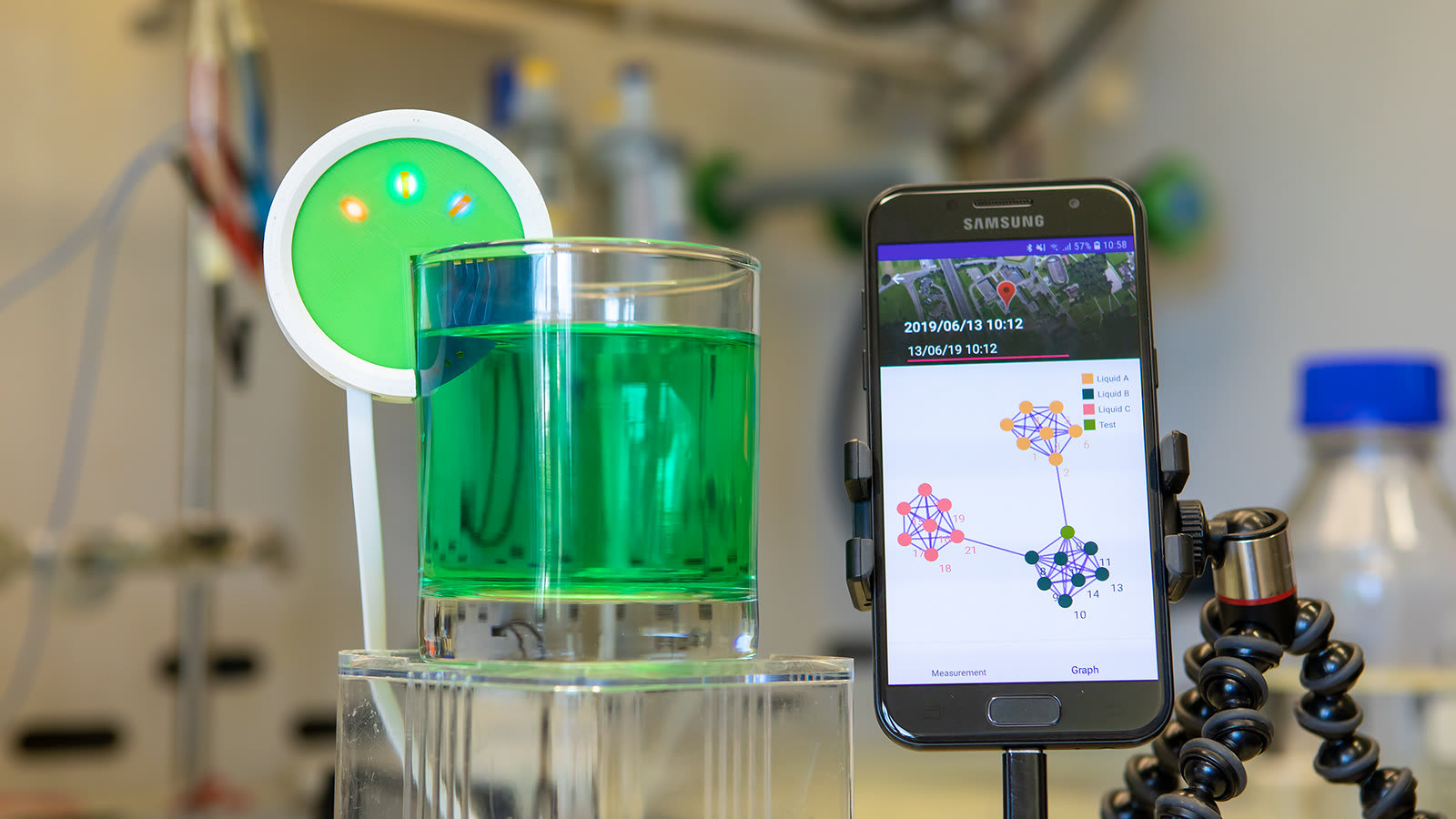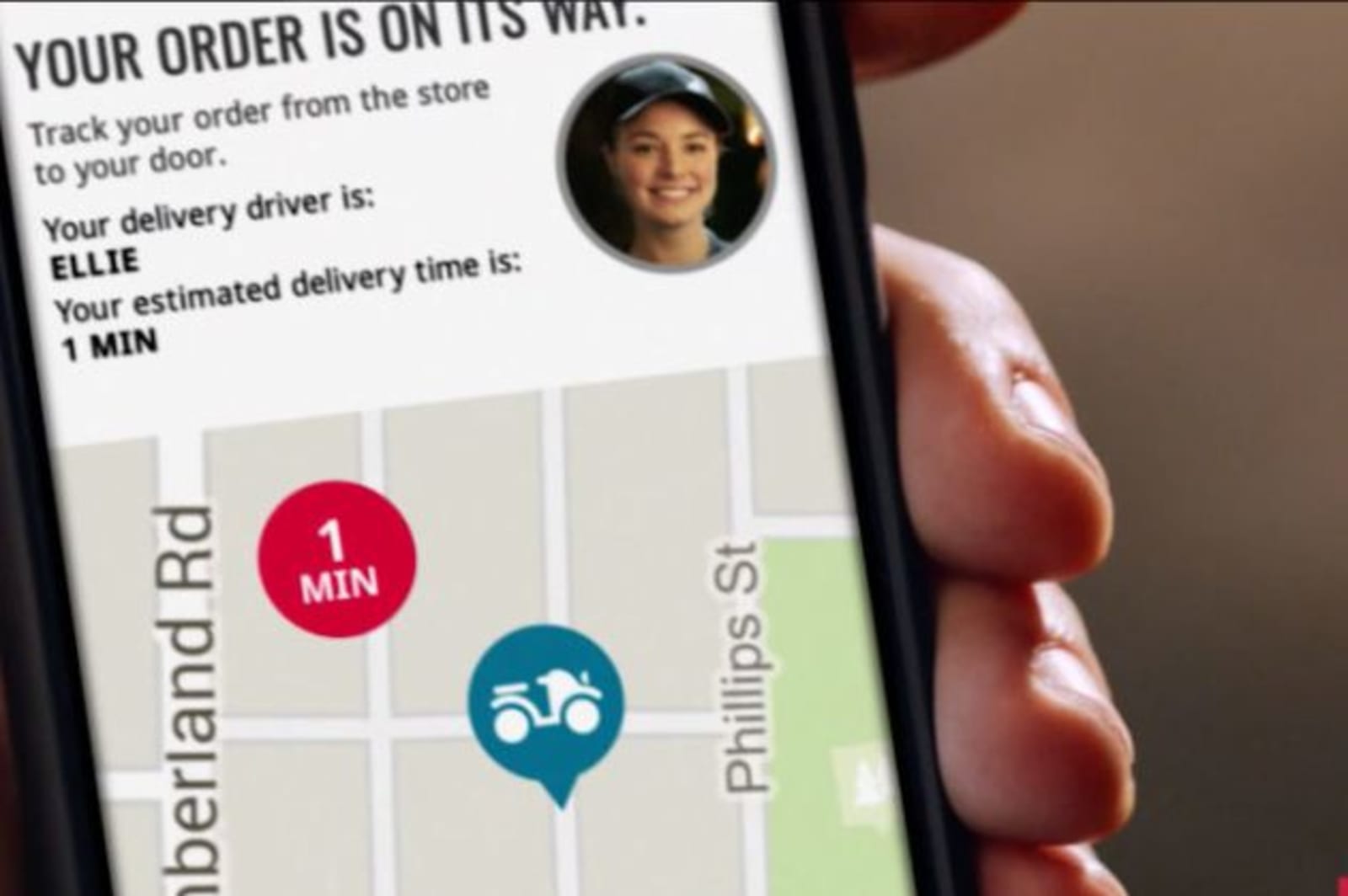The New Zealand outlaws waddled into a busy traffic area twice to get some delicious fresh fish. 🍣🍱🐟




Lidar is a critical method by which robots and autonomous vehicles sense the world around them, but the lasers and sensors generally take up a considerable amount of space. Not so with Voyant Photonics, which has created a lidar system that you really could conceivably balance on the head of a pin.
Before getting into the science, it’s worth noting why this is important. Lidar is most often used as a way for a car to sense things at a medium distance — far away, radar can outperform it, and up close ultrasonics and other methods are more compact. But from a few feet to a couple hundred feed out, lidar is very useful.
Unfortunately even the most compact lidar solutions today are still, roughly, the size of a hand, and the ones ready for use in production vehicles are still larger. A very small lidar unit that could be hidden on every corner of a car, or even inside the cabin. It could provide rich positional data about everything in and around the car with little power and no need to disrupt the existing lines and design. (And that’s not getting into the many, many other industries that could use this.)
Lidar began with the idea of, essentially, a single laser being swept across a scene multiple times per second, its reflection carefully measured to track the distances of objects. But mechanically steered lasers are bulky, slow, and prone to failure, so newer companies are attempting other techniques like illuminating the whole scene at once (flash lidar) or steering the beam with complex electronic surfaces (metamaterials) instead.
One discipline that seems primed to join in the fun is silicon photonics, which is essentially the manipulation of light on a chip for various purposes — for instance, to replace electricity in logic gates to provide ultra-fast, low-heat processing. Voyant, however, has pioneered a technique to apply silicon photonics to lidar.
In the past, attempts in chip-based photonics to send out a coherent laser-like beam from a surface of lightguides (elements used to steer light around or emit it) have been limited by a low field of view and power because the light tends to interfere with itself at close quarters.
Voyant’s version of these “optical phased arrays” sidesteps that problem by carefully altering the phase of the light traveling through the chip. The result is a strong beam of non-visible light that can be played over a wide swathe of the environment at high speed with no moving parts at all — yet it emerges from a chip dwarfed by a fingertip.
“This is an enabling technology because it’s so small,” said Voyant co-founder Steven Miller. “We’re talking cubic centimeter volumes. There’s a lot of electronics that can’t accommodate a lidar the size of a softball — think about drones and things that are weight sensitive, or robotics, where it needs to be on the tip of its arm.”
Lest you think this is just a couple yahoos who think they’ve one-upped years of research, Miller and co-founder Chris Phare came out of the Lipson Nanophotonics Group at Columbia University.
“This lab basically invented silicon photonics,” said Phare. “We’re all deeply ingrained with the physics and devices-level stuff. So we were able to step back and look at lidar, and see what we needed to fix and make better to make this a reality.”
The advances they’ve made frankly lie outside my area of expertise so I won’t attempt to characterize them too closely, except that it solves the interference issues and uses a frequency modulated continuous wave technique, which lets it measure velocity as well as distance (Blackmore does this as well). At any rate their unique approach to moving and emitting light from the chip lets them create a device that is not only compact, but combines transmitter and receiver in one piece, and has good performance — not just good for its size, they claim, but good.
“It’s a misconception that small lidars need to be low-performance,” explained Phare. “The silicon photonic architecture we use lets us build a very sensitive receiver on-chip that would be difficult to assemble in traditional optics. So we’re able to fit a high-performance lidar into that tiny package without any additional or exotic components. We think we can achieve specs comparable to lidars out there, but just make them that much smaller.”
The chip-based lidar in its test bed.
It’s even able to be manufactured in a normal fashion like other photonics chips. That’s a huge plus when you’re trying to move from research to product development.
With this first round of funding, the team plans to expand the team and get this tech out of the lab and into the hands of engineers and developers. The exact specs, dimensions, power requirements and so on are all very different depending on the application and industry, so Voyant can make decisions based on feedback from people in other fields.
In addition to automotive (“It’s such a big application that no one can make lidar and not look at that space,” Miller said), the team is in talks with numerous potential partners.
Although being at this stage while others are raising 9-figure rounds might seem daunting, Voyant has the advantage that it has created something totally different from what’s out there, a product that can safely exist alongside popular big lidars from companies like Innoviz and Luminar.
“We’re definitely talking to big players in a lot of these places, drones and robotics, perhaps augmented reality. We’re trying to suss out exactly where this is most interesting to people,” said Phare. “We see the evolution here being something like bringing room size computers down to chips.”
The $4.3 million raised by Voyant comes from Contour Venture Partners, LDV Capital, and DARPA, which naturally would be interested in something like this.

The first season of 13 Reasons Why had a pretty graphic suicide scene which showed three minutes of Hanna taking her own life. With the show’s third season about to arrive, the team and Netflix have decided to remove the suicide scene from the first season, after taking advice from medical experts.
The posted an announcement on Twitter saying that they knew about the ongoing debate about the show and that concerns about that particular scene have been raised by many people, including Dr. Christine Moutier at the American Foundation for Suicide Prevention.
Brian Yorkey, the show’s creator, wrote in a statement that the creative intent with that scene was to “portray the ugly, painful reality of suicide” and to “tell the truth about the horror of such an act, and make sure no one would ever wish to emulate it.”
He adds that following the concern raised by experts, the team and Netflix have decided to re-edit it. One of the reasons behind the team’s decision to do this now was that since the third season would bring in new audiences who would go back to watch the previous episodes, they will not have to watch the graphic scene as they follow along with the story of 13 Reasons Why.
Netflix Removes Suicide Scene From 13 Reasons Why , original content from Ubergizmo. Read our Copyrights and terms of use.

Most homes don’t have dedicated electric car chargers but that could change in the United Kingdom down the line. The government there has unveiled a new plan to mandate that all new build homes come with an EV charger. This initiative, according to the government, is meant to support “the growing uptake of electric vehicles within the U.K.”
If the government decides to implement this, it will require that all newly built homes with dedicated parking spaces to have charging points so that not only is EV charging cheaper for people but also more convenient. In the current scenario, electric car owners can apply to receive a grant from the government of up to £500 to offset the cost of installing an EV charger at their home.
“Home charging provides the most convenient and low-cost option for consumers — you can simply plug your car in to charge overnight as you would a mobile phone,” said Transport Secretary Chris Grayling. He also pointed out that there’s an appetite in the country for cleaner, greener modes of transport.
This would also ensure that a robust infrastructure is laid down across the country which makes the switch from combustion engine cars to electric vehicles easier for people.
UK Government Wants All New Homes To Have EV Chargers , original content from Ubergizmo. Read our Copyrights and terms of use.

Data is perhaps one of the most valuable assets for online companies which is why they keep coming up with new ways to collect it. Amazon has a new offer for people who don’t mind the company tracking their activity across websites. If they install a browser tool that lets Amazon do just that, the company would give them $10 for their troubles.
It’s not like there aren’t a lot of people who aren’t using this tool already. More than 7 million people have used it on Chrome and Firefox. This offer is only for new installations of the assistant.
To be eligible for this $10 award, the users will have to install the Amazon Assistant comparison shopping tool. It will display prices of products on Amazon when customers are searching for them on rival websites like Target and Walmart. Amazon offered this yesterday for 48 hours as part of its Prime Day marketing blitz.
This deal is also for new installations of the Amazon Assistant. The tool requires access to a user’s web activity in order to function, the data that it picks up includes links and some page content. Amazon says that it’s going to use this data to improve its general marketing, products, and services that are unrelated to this tool.
Amazon Wants To Track Customers In Exchange For $10 , original content from Ubergizmo. Read our Copyrights and terms of use.

Were you interested in picking up a Standard Range version of the Model S and Model X? You have missed your chance to buy it new. Tesla has dropped this version for both models, which basically means that it has actually increased the minimum price for the Model S and Model X by a couple of thousand dollars. Tesla’s online configuration only lists the Long Range and Performance models of these cars which customers can now order.
This also results in a simplification of the company’s lineup. Customers who want a Model S or Model X now will only have two options, the Long Range or Performance, both of which are more expensive compared to the erstwhile Standard Range. The new starting prices are no $79,990 for the Model S and $84,990 for the Model X.
What it has done, though, is lower the starting price of its Model 3 slightly to $38,990. This should help more people make up their mind about getting their first Tesla vehicle. “We are also adjusting our pricing in order to continue to improve affordability for customers,” Tesla said in a statement.
Tesla does keep tweaking the prices for its vehicles regularly as it tries to strike a balance between making the vehicles attainable for customers and bringing in the revenues that it absolutely needs.
Tesla Now Longer Offers Standard Range Model S And Model X , original content from Ubergizmo. Read our Copyrights and terms of use.



